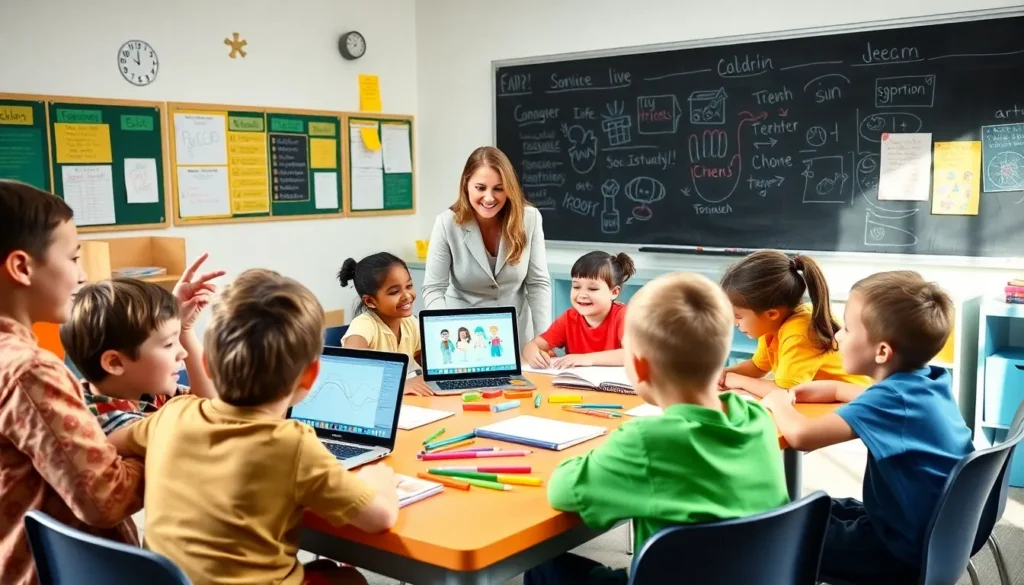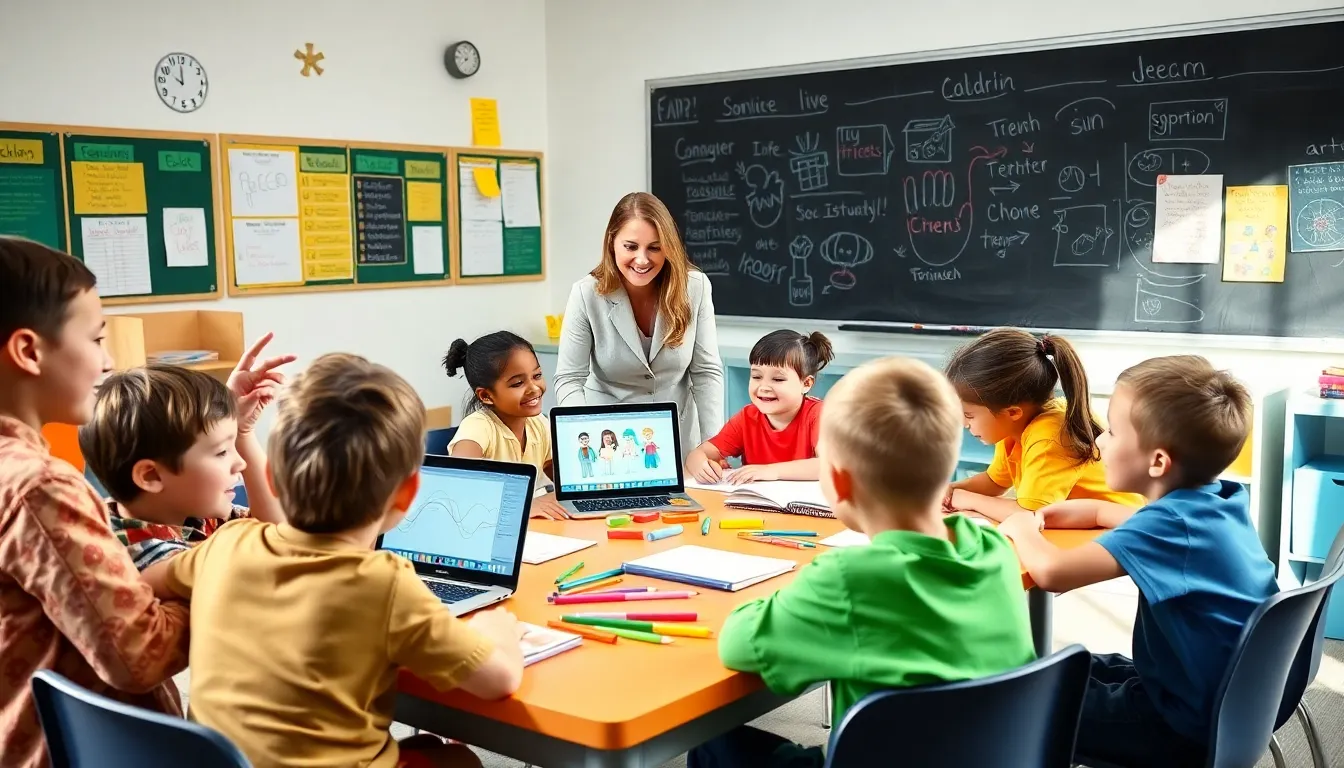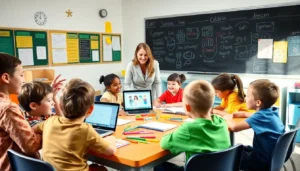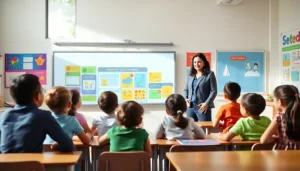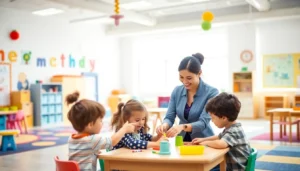The elementary school years are like the ultimate playground for childhood development, where kids take their first swings at learning and socializing. Picture this: a bustling classroom filled with tiny humans ready to explore the world, armed with crayons, curiosity, and an endless supply of questions. From learning to read to deciphering the mysteries of math, these formative years set the stage for everything that comes next. This article dives into why those early school days are crucial, helping to shape not just skills and knowledge, but friendships and confidence as well. Ready to jump in?
Table of Contents
ToggleUnderstanding the Importance of Elementary Education
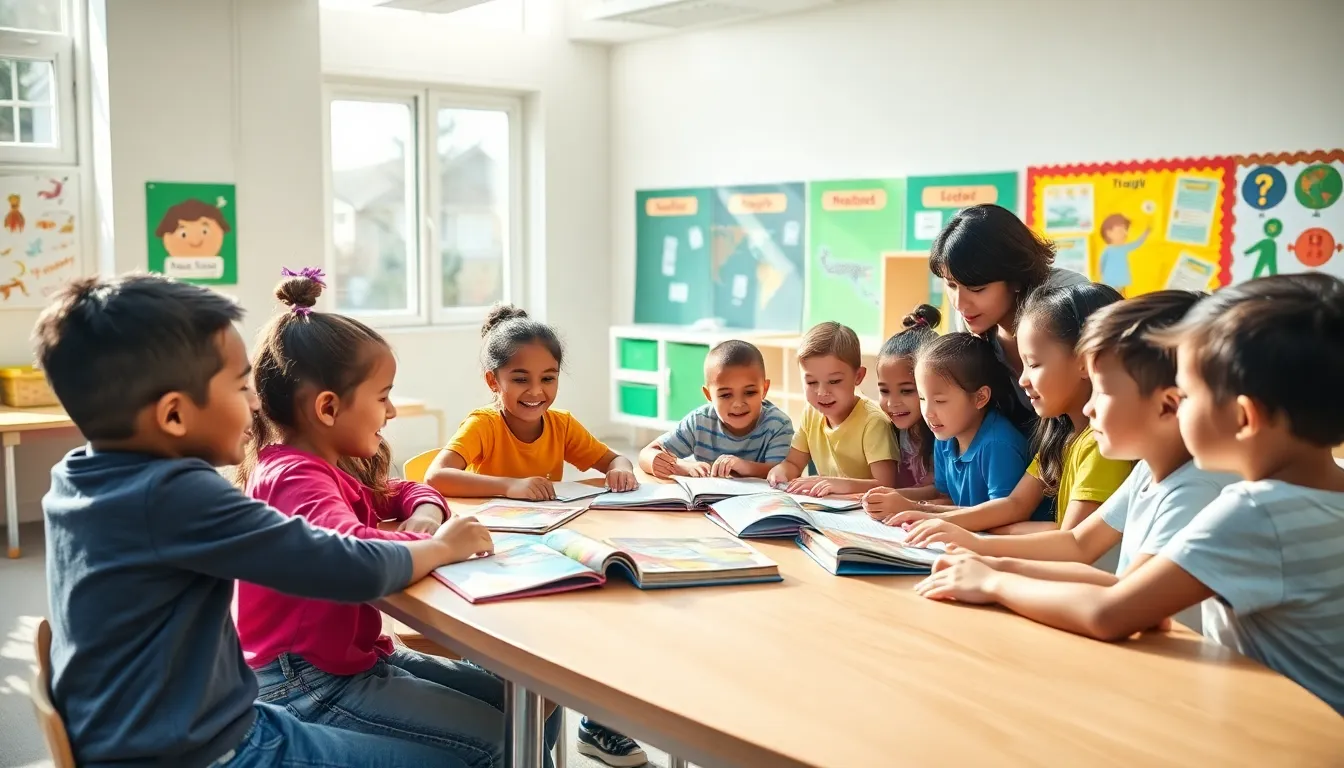
Elementary education represents more than just daily lessons: it lays the foundation for lifelong learning. Children discover the basics of literacy and numeracy, which are vital skills in today’s world. This phase of education introduces them to structured routines, a vital element in their developmental journey. Children are not merely receiving information: they are building a framework for critical thinking and problem-solving. Across the country, educators rank elementary school years among the most significant in a child’s educational path, stressing that early positive experiences lead to better outcomes in later schooling.
Also, the emotional growth experienced during these years can be immense. As students engage in collaborative projects and activities, they learn about teamwork, empathy, and respect, foundational values for citizenship. These skills will significantly enhance their chances for future success, shaping them into well-rounded individuals. In essence, elementary education does not just fill heads with facts: it cultivates character and community in the process.
Key Developmental Stages in Elementary School
During the elementary school years, children go through several developmental milestones that intertwine academic progress with emotional growth. Typically, this period spans ages five to eleven and is divided into early and later elementary stages.
- Early Elementary (Grades K-2): Here, kids transition from preschool to structured learning environments. They start by mastering basic literacy and numeracy skills, including learning letters and numbers. Socially, they begin to form friendships while learning to navigate group dynamics. Can you imagine the first time a child reads a book by themselves? It’s a milestone marked by pride and newfound independence.
- Later Elementary (Grades 3-5): This phase focuses on deepening knowledge and enhancing cognitive abilities. Students explore subjects like science and history while honing skills in reading comprehension and mathematical reasoning. They become more adept at critical thinking, transitioning from simple fact retention to problem-solving. It’s fascinating to see how they also start taking ownership of their learning, often asking more complex questions. Socially, the friendships formed in early elementary become more intricate, as children begin to understand social cues and navigate peer relationships more skillfully.
Curriculum and Learning Approaches
The curriculum during elementary school years is designed to cater to diverse learning styles while ensuring all students reach their potential. Schools often employ a mix of methods to make learning engaging and effective.
- Project-Based Learning: This method encourages practical application of knowledge. Students might work on a project involving community service, where they learn about social responsibility while applying math for budgeting. It’s an engaging way to integrate multiple subjects.
- Hands-On Activities: Children learn best by doing. Whether through science experiments or art projects, hands-on activities foster creativity and deeper understanding. Just think of the excitement when a child witnesses a baking soda volcano erupt.
- Technology Integration: Today, classrooms are increasingly tech-savvy. Children often use educational tools and platforms that enhance learning and engagement. Through tablets and interactive software, they can learn at their own pace. Effective integration of technology can bridge gaps in understanding and offer personalized learning experiences.
Building Social Skills and Community
Schools are more than just places to learn facts: they’re thriving communities that nurture relationships. Social skills formed during elementary school often influence how children interact for years to come. Kids learn how to share, collaborate, and resolve conflicts, all of which are essential for successful interpersonal relationships.
Extracurricular Activities: Many schools offer clubs and sports that provide opportunities for students to discover their passions outside the classroom. Whether it’s through a soccer team or a science club, these activities enable children to work together toward common goals while building lifelong friendships.
Also, many schools promote a culture of inclusivity. Programs aimed at teaching respect and kindness enable children to appreciate diversity and understand different perspectives. The sense of community fostered in these years often leads to lasting connections that can continue long after graduation.
Parental Involvement and Support Strategies
Parental involvement can significantly enhance a child’s learning experience during the elementary years. Engaged parents positively influence their children’s attitudes towards school and learning. Here are several effective strategies:
- Level of Communication: Regular communication between home and school enhances learning initiatives. Whether through meetings or casual conversations, maintaining dialogue keeps parents informed about their child’s progress and needs.
- Assignments Support: Understanding the importance of helping with assignments can reinforce the child’s learning. Parents should establish a conducive environment for study without distractions, fostering responsibility and good study habits.
- Engagement in School Activities: Volunteering at school events or participating in parent-teacher organizations allows parents to gain insight into their child’s educational environment. This involvement can provide a sense of belonging and commitment, which in turn can motivate children to put forth their best effort.
Challenges in the Elementary School Years
While these years are filled with discovery, they also come with their set of challenges. Some of the most common issues faced by children include:
- Academic Pressure: Some students may feel overwhelmed by the transition into more structured learning. It’s essential for educators and parents alike to recognize the signs of stress and provide support. Encouraging a growth mindset can help them understand that failings are part of the learning process.
- Social Dynamics: Friendships can be fickle, with issues like bullying or exclusion sometimes arising. Schools are increasingly adopting anti-bullying programs to address these challenges and teach kids how to advocate for themselves and others.
- Diverse Learning Needs: In any classroom, students will have varying abilities. Recognizing and accommodating diverse learning needs can be critical to ensuring every child thrives. Educators often collaborate with parents to create Individualized Education Plans (IEPs) to support students needing additional help.
Preparing for the Transition to Middle School
The transition to middle school can be daunting, marking a significant shift for many children. As students prepare to leave the familiarity of elementary school, various strategies can ease this adjustment.
- Visiting the Middle School: Orientation programs give students a sneak peek into what to expect. Familiarizing them with their new environment can alleviate anxiety.
- Developing Independence: Encouraging children to take on more responsibility can help them feel more equipped for middle school. Tasks such as organizing their schoolwork or managing a schedule can foster confidence.
- Open Communication: Parents can help discussions about feelings surrounding the upcoming changes. Encouraging open dialogue helps to address concerns while reinforcing that change is a natural part of growth.

